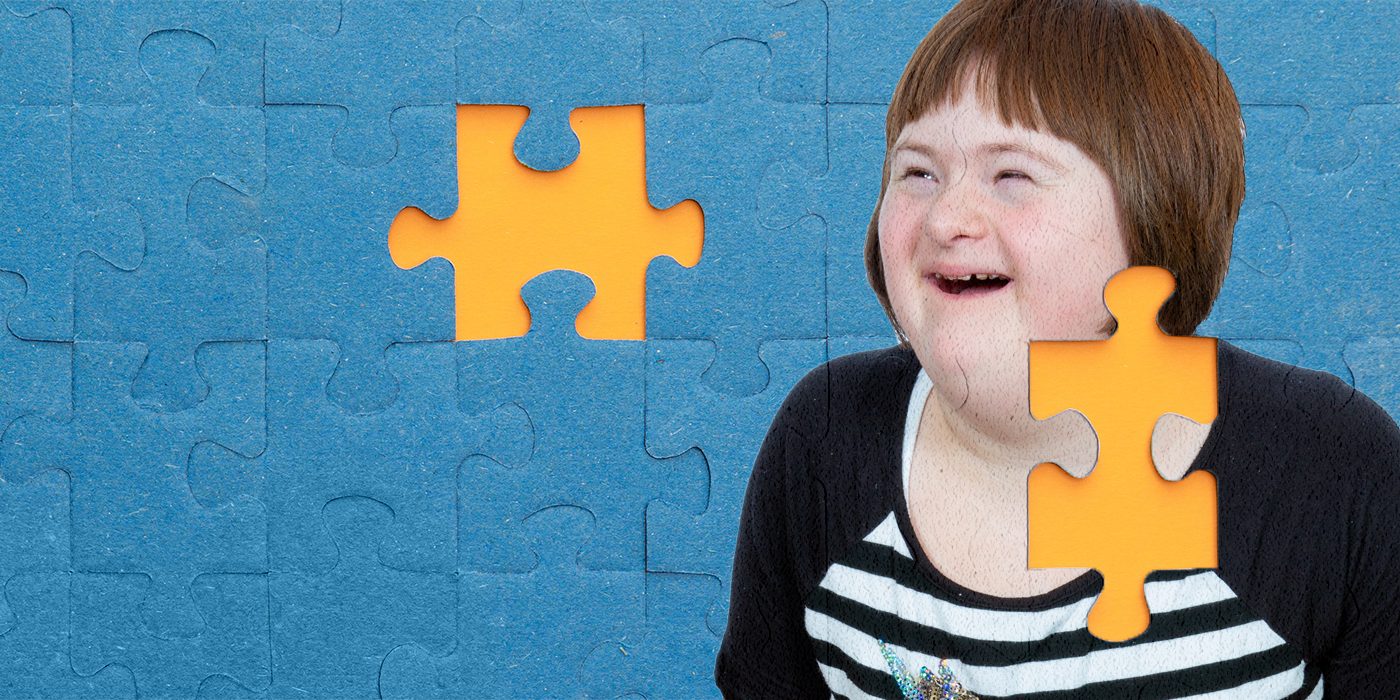The Role of Education And Learning in Supporting Pupils with Autism: Finest Practices
The Role of Education And Learning in Supporting Pupils with Autism: Finest Practices
Blog Article
Discovering Autism: Methods for Efficient Interaction and Communication
Effective communication and communication with individuals on the autism spectrum require a comprehensive understanding of their unique requirements and preferences. Strategies such as utilizing clear language, using visual supports, and fostering regular regimens can significantly enhance involvement and reduce stress and anxiety. Recognizing the value of non-verbal signs and shared rate of interests paves the way for significant links. The ins and outs of these techniques reveal further factors to consider that warrant exploration, particularly in exactly how they can be adapted to diverse contexts and specific experiences. What might these adaptations appear like in method?
Understanding Autism Spectrum Problem
Autism Range Condition (ASD) includes a range of neurodevelopmental problems defined by difficulties in social interaction, communication, and repeated habits. The term "range" reflects the diverse indications and differing degrees of intensity experienced by people with ASD. While some may display significant impairments, others may show high-functioning traits, permitting greater freedom in day-to-day live.
The beginning of ASD generally happens in early childhood, with indications frequently identifiable by age two. Early indications may consist of postponed speech development, restricted eye get in touch with, and problems in comprehending social cues. Although the specific etiology of ASD stays vague, research study suggests a mix of genetic and ecological factors plays a vital duty in its advancement.
People with ASD frequently possess distinct toughness, such as increased attention to detail and remarkable memory abilities. However, they may fight with comprehending abstract concepts and taking care of adjustments to regular. Because of this, interventions and support tailored to individual needs are essential for promoting communication and social skills. Acknowledging the complexity of ASD is crucial for advertising understanding, approval, and effective strategies that help with significant communications with people on the spectrum.

Relevance of Clear Communication
Effective communication is essential for fostering understanding and connection, especially for people with Autism Range Condition (ASD) Clear communication not only facilitates social communications yet also improves the individual's ability to reveal their ideas, requirements, and emotions. For individuals with ASD, the subtleties of language can usually be testing; consequently, making use of simple and distinct language is crucial.
Moreover, clear interaction helps in reducing disappointment and anxiousness that might emerge from misconceptions. When messages are conveyed in a consistent and direct manner, people with ASD are better furnished to interpret info properly, which can dramatically improve their social engagement and engagement in different setups.
Establishing regimens and making use of visual assistances can even more reinforce clear communication. These strategies provide people with predictable structures that aid understanding and retention of details. Additionally, actively being and paying attention individual during interactions promotes a helpful setting where individuals with ASD feel valued and comprehended.
Eventually, prioritizing clear interaction not only encourages people with ASD yet likewise promotes more purposeful connections with their peers, caretakers, and the larger area, leading the way for comprehensive interactions and collective relationships. - autism
Non-Verbal Interaction Strategies
Interaction extends beyond words, and for individuals with Autism Spectrum Problem (ASD), non-verbal hints play a significant duty in communications. Non-verbal communication techniques can consist of faces, motions, body language, and eye contact, every one of which act as vital components for communicating emotions and objectives.
Recognizing and interpreting these non-verbal signals can boost interactions with individuals with ASD. A cozy smile or open pose can produce an inviting atmosphere, motivating interaction. Utilizing visual help-- such as picture cards or signs-- can bridge interaction spaces and help convey messages more effectively.
It is also vital to be conscious of personal area, as people with ASD may have different comfort levels pertaining to proximity. Observing their responses to physical official website nearness can notify ideal changes.

Producing Encouraging Settings
Producing a supportive atmosphere is vital for fostering positive communications and enhancing the health of individuals with Autism Spectrum Problem (ASD) Such settings can substantially reduce anxiousness and create a feeling of safety and security, permitting people to express themselves extra easily.
To achieve this, it is essential to take into consideration sensory sensitivities that people with ASD might experience. Customizing the physical area to include soft lights, marginal background sound, and comfy seating can create a relaxing environment. Additionally, utilizing constant regimens and clear visual timetables can aid people anticipate changes and lower uncertainty, more advertising comfort.
Social spaces should be structured to lessen overwhelming stimuli while offering opportunities for engagement in preferred activities. Promoting locations designated for peaceful time can also offer as a refuge during minutes of anxiety. Notably, incorporating components of option equips people, allowing them to work out firm in their atmosphere.

Motivating Social Interactions
Fostering social communications among individuals with Autism Spectrum Condition (ASD) needs intentional strategies that focus on convenience and interaction. Developing predictable routines can aid lower stress and anxiety, making social settings extra approachable. Producing structured environments with specified obligations and roles enables individuals to involve without the frustrating stress of unstructured social characteristics.
Including interests and staminas into social tasks can act as a catalyst check it out for communication. As an example, organizing group tasks around shared hobbies or subjects of attraction can assist in all-natural conversations and connections. Furthermore, utilizing aesthetic assistances, such as photographic schedules or social scripts, can help in comprehending social cues and assumptions.
Designing proper social habits is important - autism. Peers and adults should demonstrate efficient interaction strategies, consisting of active listening and turn-taking. Role-playing circumstances can additionally give a secure space for people to exercise these abilities
Last but not least, cultivating peer partnerships through comprehensive practices is crucial. Encouraging inclusive playdates or team outings can create possibilities for socializing in a comfortable setup. By carrying out these techniques, instructors and caretakers can substantially improve social interactions for people with ASD, promoting their general social development and well-being.
Verdict
Finally, effective interaction and interaction methods are crucial for sustaining people with Autism Range Disorder. Highlighting clear language, incorporating non-verbal hints, and establishing predictable regimens considerably enhance engagement and decrease anxiousness. Creating encouraging settings cultivates risk-free social interactions, while encouraging shared passions assists in meaningful connections. Ultimately, these strategies encourage people with autism to navigate social landscapes, promoting their general well-being and making it possible for the advancement of lasting partnerships.
Effective interaction and communication with people on the autism spectrum require a thorough understanding of their unique demands and preferences. Clear communication not just helps with social interactions however also improves the person's capacity to express their ideas, demands, view publisher site and feelings.Promoting social interactions amongst people with Autism Spectrum Disorder (ASD) calls for deliberate methods that focus on comfort and interaction. By executing these strategies, caregivers and teachers can dramatically enhance social interactions for individuals with ASD, advertising their overall social advancement and health.
In conclusion, effective communication and interaction approaches are crucial for sustaining people with Autism Range Condition.
Report this page